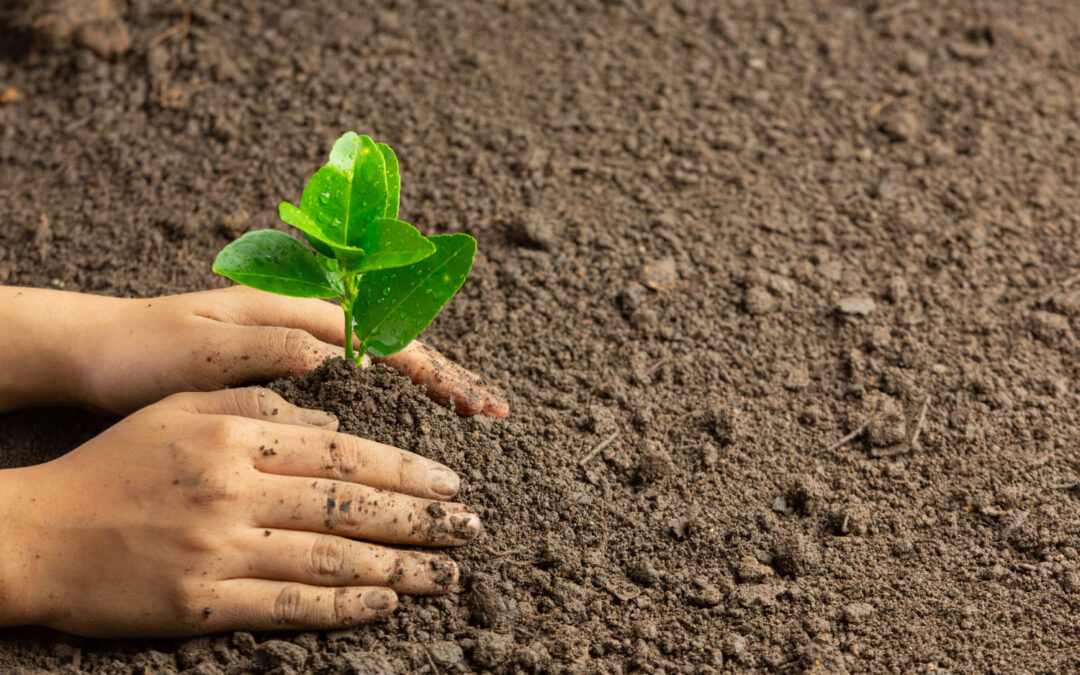Not long ago, two of North America’s leading publications asked a pair of vitally important questions:
“What if the world’s soil runs out?” Time magazine wondered.
“Did farmers of the past know more than we do?” asked The New York Times.
What prompted these anxiety-inducing questions is an issue that increasing numbers of scientists, farmers and policy makers are identifying as a real problem: the loss of topsoil, and with it the richness that gives our fruits, grains and vegetables essential nutrients and extraordinary flavors.
Most of the trends impacting soil quality have been accelerating in the wrong direction.
“A rough calculation of current rates of soil degradation suggests we have about 60 years of topsoil left,” University of Sydney professor John Crawford told Time. “Some 40% of soil used for agriculture around the world is classed as either degraded or seriously degraded – the latter means that 70% of the topsoil, the layer allowing plants to grow, is gone.”
That rate of degradation is much faster than the pace at which nature can replenish the soil.
Crawford offered a remarkable fact: “Soil is a living material: if you hold a handful of soil, there will be more microorganisms in there than the number of people who have ever lived on the planet.”
Microorganisms are essential to soil quality, but these tiny field hands are finding it harder to thrive on farms. Over-ploughing, overuse of chemical fertilizers and lack of crop rotation are creating the conditions for soil depletion.
Nutrient-poor soil has far-reaching effects across ecosystems and societies. Fields shorn of rich topsoil need far more irrigation and yield crops that are comparatively deficient in vitamins and minerals.
Which leads to the question posed by The New York Times: “Did farmers of the past know more than we do?”
Absolutely.
The loss of knowledge in modern agriculture didn’t happen because traditional methods were arcane, understood only by an elite that failed to pass along the knowledge. Instead, the value of remembering was no match for the profit made possible by forgetting.
One technique that has fallen out of favor, and out of mind, is crop rotation. Thomas Jefferson and George Washington knew about its value, planting crops such as clover, alfalfa and turnips in alternating years to build richness in the soil.
This knowledge wasn’t just an (American) Revolutionary idea. The Romans practiced it too. By the Middle Ages, farmers in Europe cared as much about crop rotation as about lost manuscripts from the Alexandria library, but still remembered enough about the importance of preserving the quality of arable land to let fields lie fallow for a season.
Modern agriculture has departed from traditional practices in other important ways. In most times and places, farmers have grown a diversity of crops. But in the past several decades a trend toward consolidation in agriculture has led to a completely new phenomenon: millions of acres planted with just two profitable grains, corn and soybeans. This is especially true in the American Midwest, where the farms have gotten bigger and the harvests have become much less diverse.
Author Verlyn Klinkenborg characterized the type of rotation practiced on huge Midwestern mega-farms as: corn, soybeans, fertilizer and pesticides. It’s certainly not a recipe for building richness in the soil, or preserving nutrients in our food.
“Modern agriculture is driven by diminishing biological diversity and relentless consolidation,” Klinkenborg writes. “But you cannot consolidate the soil. It is a complex organism, and it always responds productively to diversity.”
